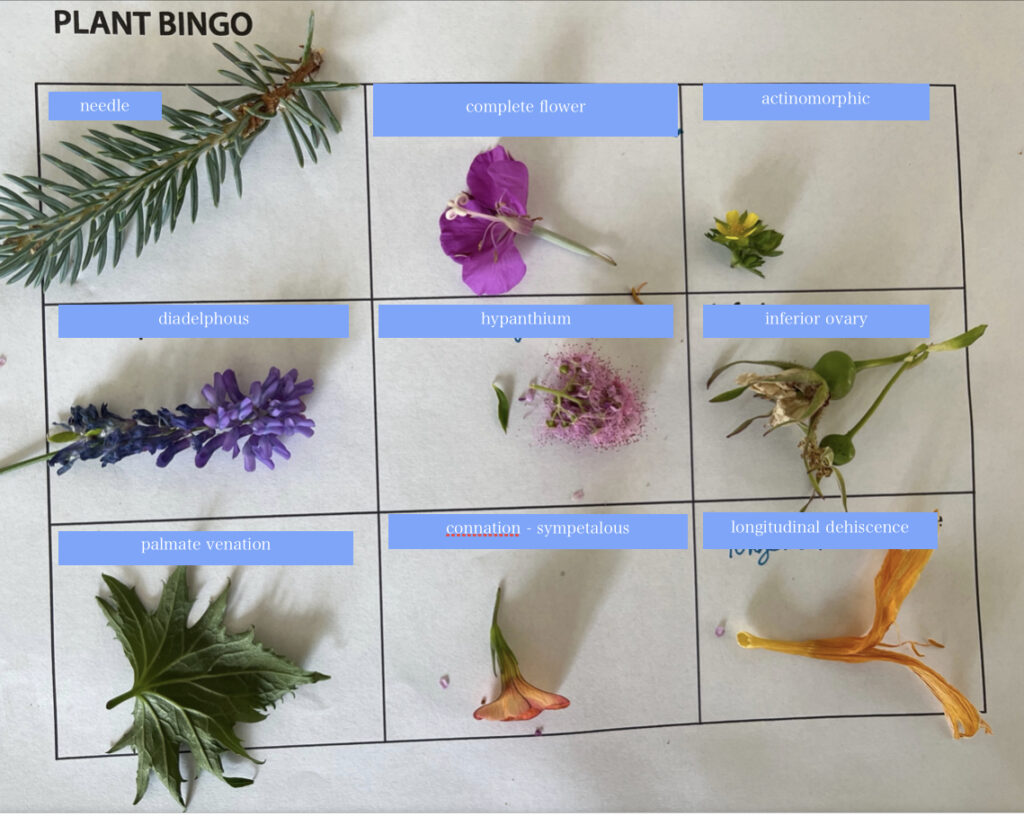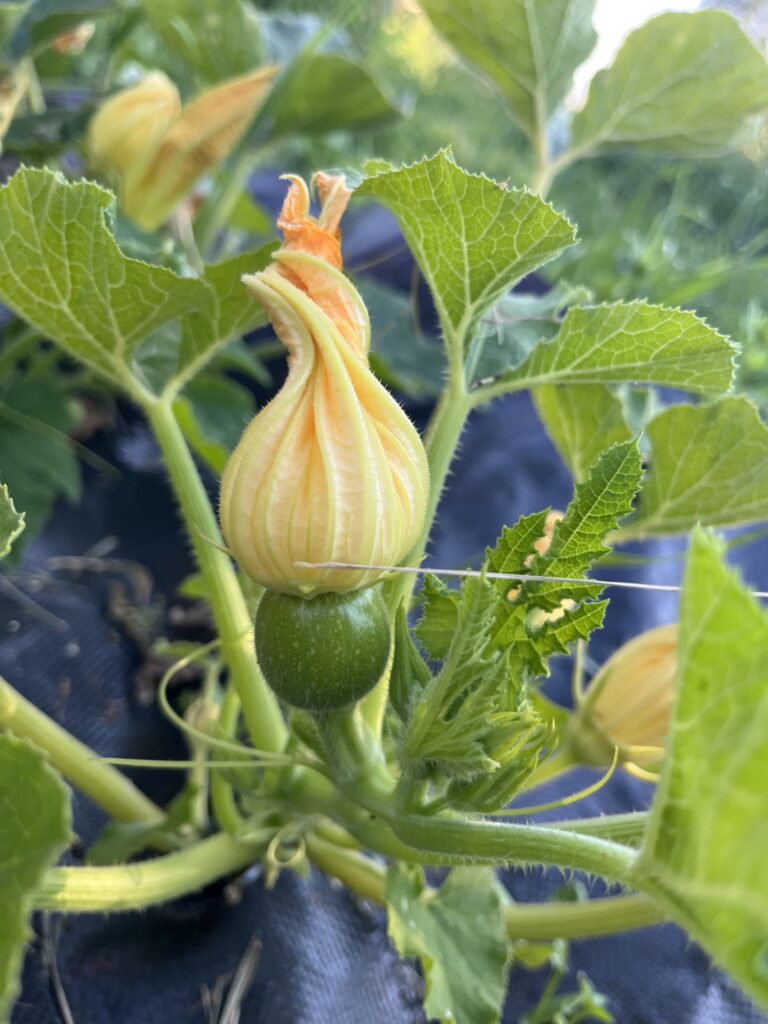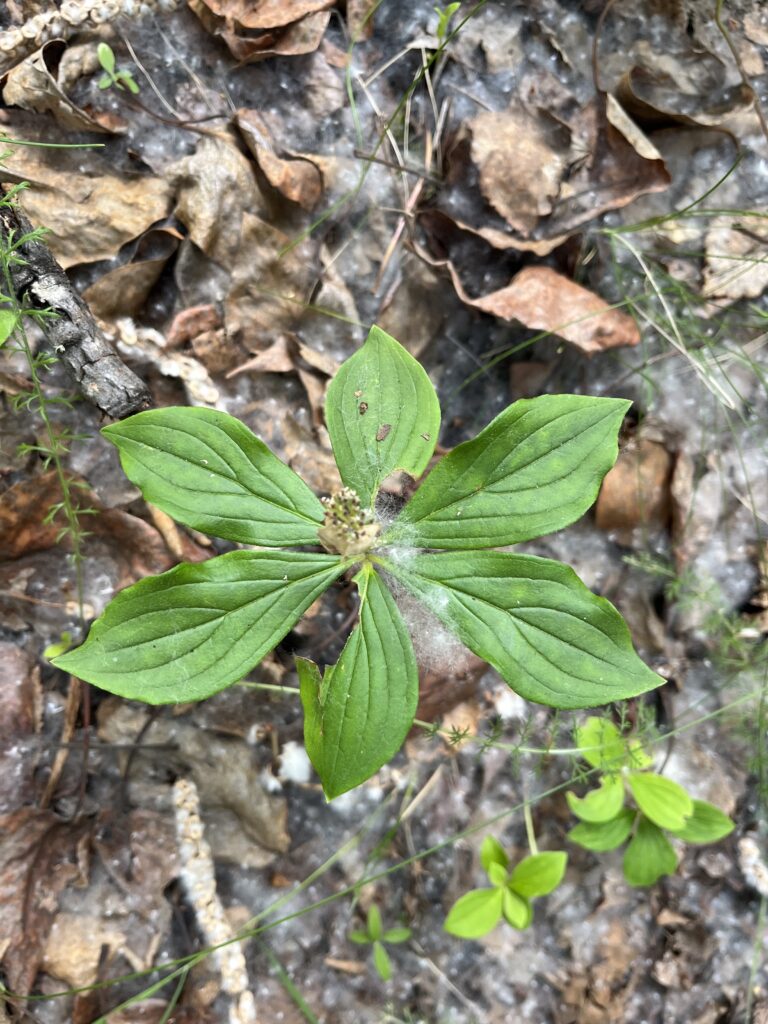At first, I thought this project was photos, so kiddos and I went to a nearby mountain lake area, hoping to find some blueberry plants as an example of poricidal dehiscence. Unfortunately, we didn’t find any. (although we did find some other cool plants I’d wondered about and never taken the time to identify and got gloriously covered in silty mud, so it was still a success:) I didn’t ultimately find any plants that use that method of dehiscence, so switched that to a lily which appears to use longitudinal. Other changes are the fireweed for a complete flower (is there a special name for its curl-i-que shaped stigma?), moving the connation spot (mixed it up on first application of flowers and they’d wilted before I caught it), and I couldn’t find a silique. I was excited, though, I believe the Spirea flowers have hypanthium cups? This was a fun assignment – I’d like to make one for my kids to do on our next hike. Under the Plant Bingo card, I included a couple pics I’d taken for the categories because they’re fun examples, I think:)





Thanks Jessica,
these are great examples of your botanical terms, and well illustrated. Love the troll doll! a classic example of an inferior ovary! Interesting actinomorphic leaves, generally this term applies to flowers and whether or not the flower can be cut into a single plane (zygomorphic) or multiple planes (star-like, actinomorphic). But the whorl of leaves in Cronus canadensis sure appears star-like :).
The stigmas of fireweed are called 4-cleft, since it is four-parted. Often times the number of stigma lobes is indicative of the number of carpels. This holds true for fireweed. It has four carpels.
Here is a nice image of the cross section , as well as the longitudinal section of a fireweed flower from K.R. Robertson.